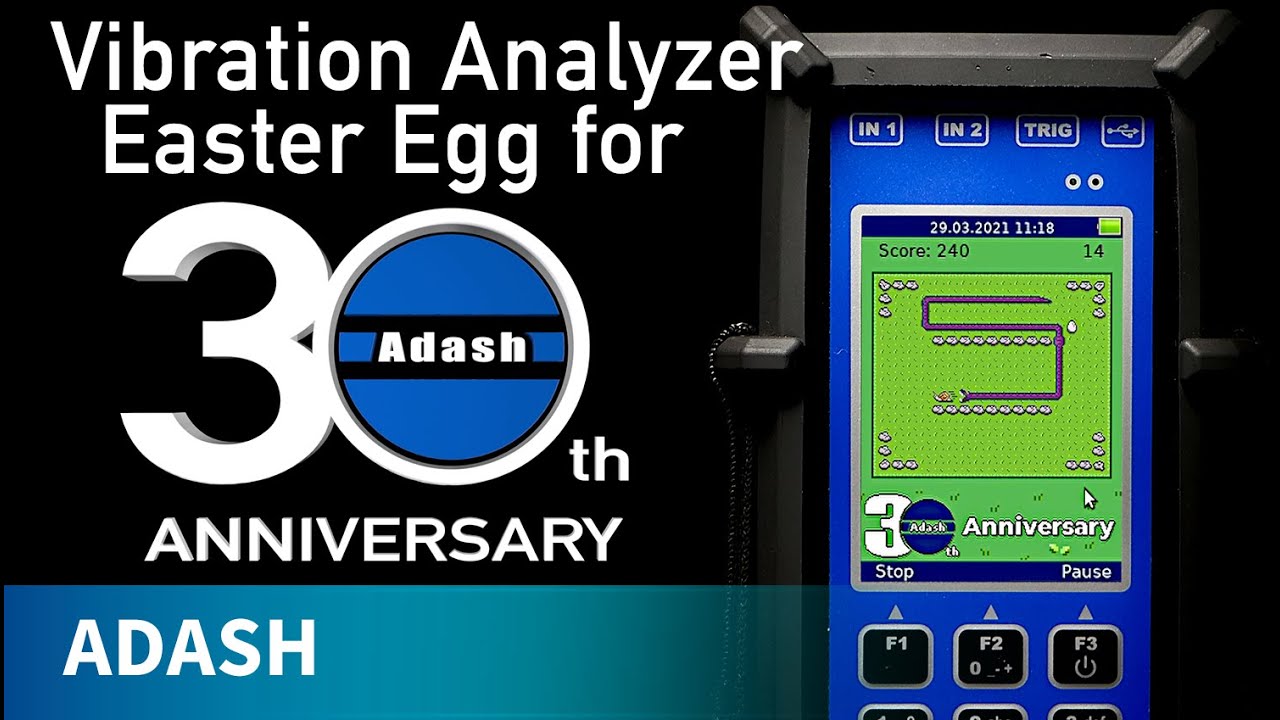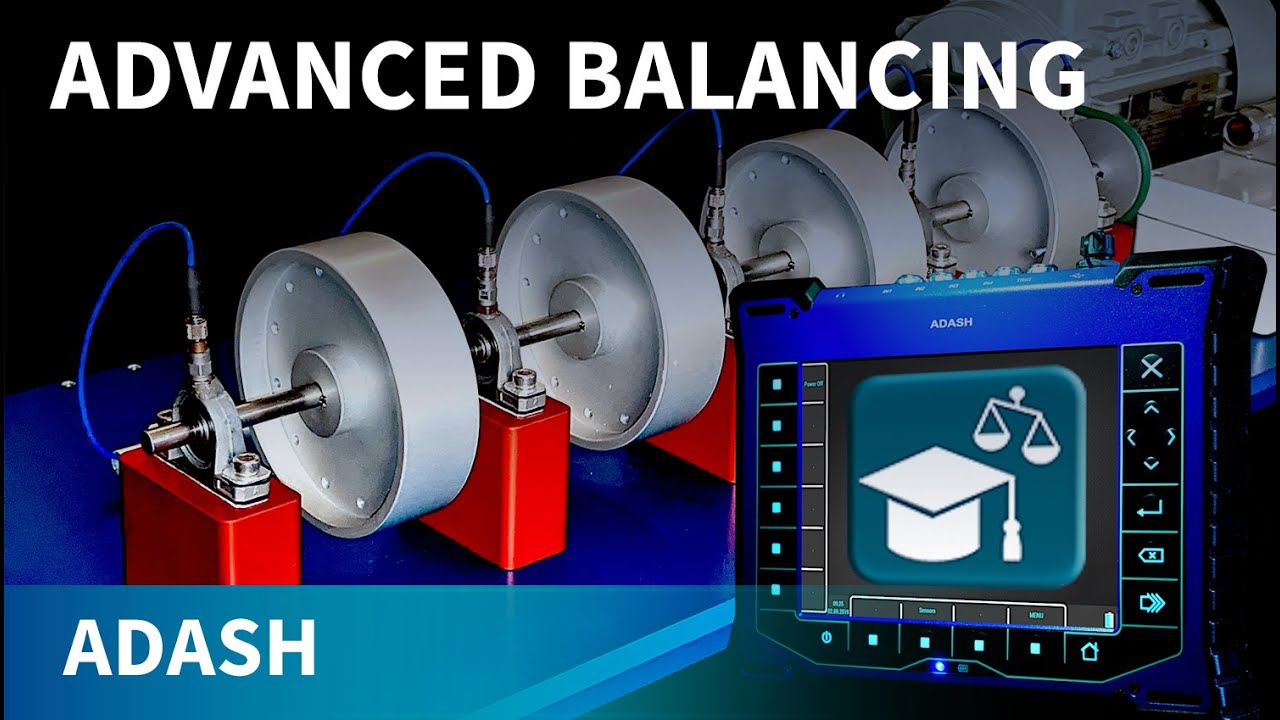Fallos de motores eléctricos, análisis y mantenimiento predictivo 1.
27.04.2021
Bienvenidos a este vídeo sobre las fallas y el análisis de los motores eléctricos (asincrónicos). Los motores asincrónicos son conocidos por sus ventajas, como su bajo precio de compra, su alta eficiencia, su fácil regulación y su construcción simple pero robusta.
A pesar de su alta confiabilidad, los motores asincrónicos sufren algunas fallas en las partes de la máquina. Podemos dividir las fallas en un motor asincrónico en fallas de origen mecánico y eléctrico, así como fallas del estator, rotor y cojinetes.
Cojinetes.
Todas las partes del cojinete están sujetas a degradación. La causa de las fallas del cojinete puede considerarse como estrés mecánico durante el movimiento de rotación y las corrientes del cojinete. El estrés mecánico puede ser causado por una mala instalación, un mal montaje o por un uso inadecuado, sobrecarga y mal mantenimiento. Las corrientes de los cojinetes pueden ser causadas por voltajes del eje (debido a circuitos eléctricos asimétricos o fuentes de alimentación) y corrientes capacitivas (causadas por la frecuencia de pulso del control de la fuente de alimentación de los convertidores de semiconductores).
Todas las fallas mecánicas (y algunas eléctricas) del motor tienen una firma única en el espectro de vibración de la máquina y el análisis de vibración puede reconocerlas. Fallas como desalineación, holgura, desequilibrio y fallas de cojinetes se diagnostican de acuerdo con las mismas reglas aplicables a todas las demás partes de la maquinaria.
Algunas fallas eléctricas también son reconocibles en el espectro de vibración. Debe medir el motor con y sin fuente de alimentación para encontrarlas. Algunas firmas de vibración podrían desaparecer después de apagarlo, aquellas con un origen eléctrico. También puede concentrarse en la frecuencia exacta de los picos en el espectro. Si encuentra un pico con su frecuencia de suministro de corriente exacta (por ejemplo, 50 Hz y más a menudo en sus frecuencias armónicas), probablemente se trate de un problema eléctrico porque siempre hay algún deslizamiento en un motor eléctrico cargado y el motor no está funcionando en su frecuencia de rotación exacta.
Las fallas eléctricas (y algunas mecánicas) del motor tienen una firma única en el espectro de frecuencia de la corriente del motor. El método MCSA puede reconocerlas. MCSA significa: Análisis de la Firma de la Corriente del Motor.
En los motores eléctricos se crean bandas laterales excesivas que distorsionan el espectro de frecuencia. Cada falla tiene su firma específica. Los defectos individuales se pueden distinguir entre sí según las bandas de amplitud y la frecuencia u otras firmas. La base de este método es medir el curso de la corriente del estator de una o más fases en el dominio del tiempo y su posterior análisis espectral.
Fallos del estator:
Los fallos del devanado del estator causan la mayoría de los problemas en los estatores. El aislamiento roto del devanado es el fallo del estator más común. El MCSA puede reconocer el aislamiento roto entre hilos, lo que puede provocar la rotura del aislamiento entre fases y es fatal para el motor. El estrés térmico tiene el mayor impacto en la vida útil y la calidad del aislamiento. Otro efecto indeseable es el estrés eléctrico de la tensión transitoria. En el caso del uso cada vez más frecuente de inversores para el arranque suave, se modulan pulsos de tensión rectangulares en la salida del inversor.
Defectos del rotor:
El rotor consta de un eje, láminas aislantes presionadas sobre el eje que forman el circuito magnético del rotor y devanados. En su mayoría, el devanado del rotor consta de una estructura de jaula, que está formada por barras, que están conectadas en los extremos. La excentricidad del rotor (es decir, la irregularidad del espacio de aire entre el rotor y el estator) y la interrupción de las barras del rotor son los fallos más comunes. La causa de estos fallos puede ser el uso de materiales de mala calidad, sobrecarga o arranques bruscos. En el caso de las barras del rotor, el fallo puede aumentar la resistencia de la barra o romper completamente el circuito eléctrico de la barra. Las fallas de las barras del rotor provocan principalmente un deterioro en el arranque del motor y la generación de momentos parásitos. Además, la barra rota provoca fallas adicionales en otras barras porque la corriente en ellas es mayor debido a la falta de una ruta de corriente de barra (donde una barra está rota). El analizador de vibraciones ADASH VA5Pro ofrece la capacidad única de analizar la vibración y la corriente en un solo dispositivo. Además, el módulo MCSA amplía las capacidades del analizador y le permite realizar un análisis de la firma de corriente del espectro, en función de sus conocimientos y experiencia, o puede utilizar la función de detección automática. Es una característica similar a la herramienta de identificación automática de fuentes de fallas (FASIT) de ADASH para el análisis de vibraciones. El dispositivo puede reconocer automáticamente las principales causas de fallas, como desequilibrio, holgura, desalineación y fallas en los cojinetes. El módulo MCSA del dispositivo VA5Pro puede identificar automáticamente fallas del rotor y del estator, excentricidad, barras rotas del rotor y calidad de la energía.





